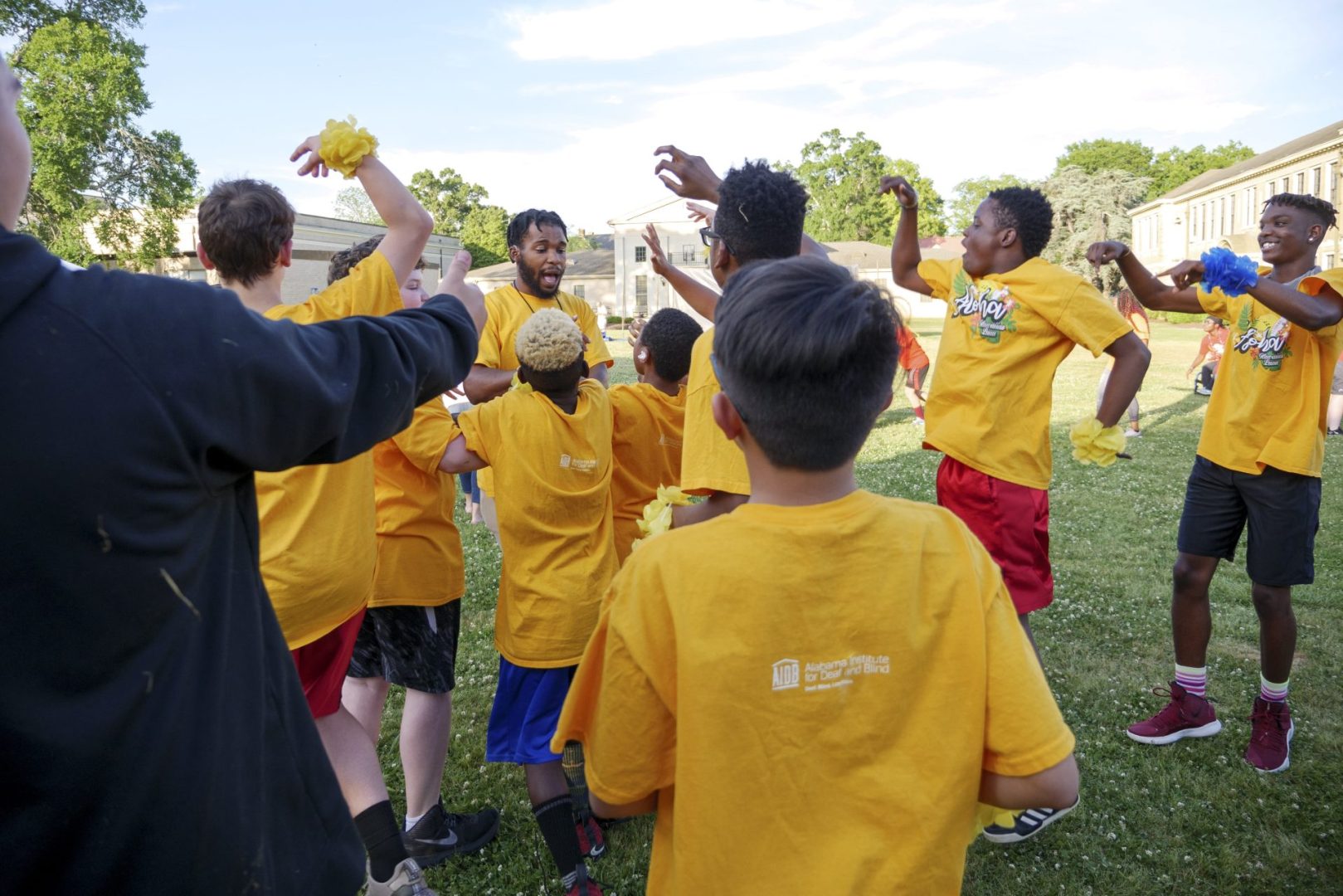To ensure gift delivery by 12/25, please place orders via UPS shipping no later than 12/17.
CloseExploring the World of Adapted Physical Education: Enhancing Inclusivity for Blind and Visually Impaired Students: Partnering with the Blind and Visually Impaired Community

Finding a way to adapt to a sport and building a community with other athletes can be a challenge. Many students who are blind or low vision live far from one another, and it’s very common to be the only student with a visual impairment in a school district. Fortunately, a multitude of resources exist to ensure every player is not left behind.
Jonathan Hooper, an itinerant Teacher of Students with Visual Impairments (TVI) for NYC Public Schools andthe co-director of the upcoming New York City location of Camp Abilities, encourages students struggling in P.E. class to reach out to their TVI. If they don’t have one, parents can contact the district to find someone to assist. Another option is to reach out to Jonathan, as he offers consulting services through his website.
An additional resource is Camp Abilities, a week-long educational sports camp for students who are blind, low vision, and DeafBlind that takes place every summer across the U.S. To learn how to adapt sports for P.E. class, teachers can view their instructional materials, contact the director of the Camp Abilities in their area, or reach out to the founder, Dr. Lauren J. Lieberman. Created by two Paralympians, Sight School also includes programs dedicated to empowering individuals who are blind or have low vision such as motivational engagement speakers and team building activities.
Once students understand how to play sports, they can focus on building a community of athletes in their school. One of Jonathan’s students didn’t enjoy recess. The free play format meant everyone participated in their own games, and there was no accessible activity for the student to do with their friends.
After advocating for and establishing a goalball league that was practiced in the gym during recess, the student taught their classmates how to play the sport. Word spread, and soon, Jonathan and his student set up a lottery to accommodate all interested athletes. “One group would practice for two weeks, and then we’d switch and do a different group for two weeks.”
Jonathan emphasized that even if the student doesn’t have any peers who are blind or low vision in their school, they can still find a way to play accessible sports with their sighted peers. “It’s bringing that access into the students’ current setting,” said Jonathan. “It shows [the student] what is available to them without having to go anywhere and what people can do around them to include them.” Other modifications made for free play were ensuring the balls in the gym had bells in them, brailling playing cards, and making board games accessible for students who are blind or low vision. Jonathan’s student also learned to ask a sighted peer to seek them out and include them in other games.
In the summertime, students who are blind or low vision can attend summer camps in their state with others their age who are also blind or low vision. Camps for sighted classmates can also welcome these students. Parents, TVIs, and orientation and mobility instructors may work with the director to ensure proper sports and safety accommodations are made. For instance, APH’s Portable Sound Source can be placed behind an archery target so an athlete knows where to aim. Educating others on inclusion takes some time, but it can be done so a player is given the same opportunities as sighted athletes.
For more information, check out our other adapted P.E. blogs.
